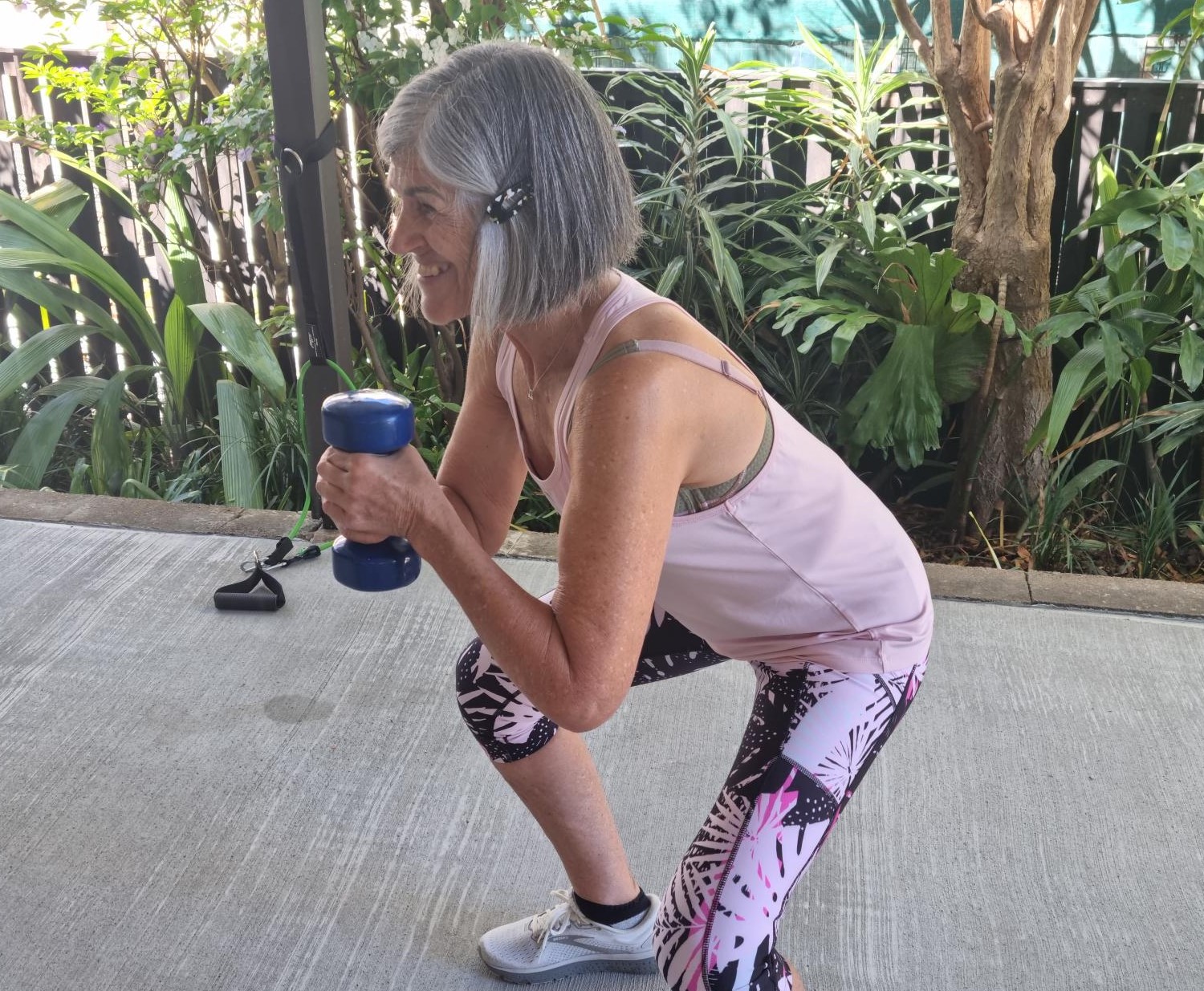Intimidated or just put off by the idea of lifting weights? Researchers say it might not be as hard as you think.
Everyone (me included) keeps telling you that muscle and strength are vital for staying mobile and independent into old age, and that we’re losing both if we’re not doing something about it.
But it can seem foreign if you’ve never done it or risky if you’re worried you could hurt yourself.
Researchers are dispelling the assumption that weight training has to be heavy to be effective though.
A team of American exercise scientists recently recruited 23 people aged between 50 and 80 (average age 59; 14 were women) and split them into two groups. After a two-week preparatory period they embarked on eight weeks of training twice a week.
One group used weights they could lift just 8-12 times. The other group used much lighter weights that they could lift 20-24 times.
Both groups were encouraged to put in an effort that was about a 7 or 8 on a 10-point scale, i.e. giving it their best shot regardless of which group they were in.
When the heavy lifters could do more than 12 lifts their weight was increased. The same applied to the light lifters when they could do more than 24. Both groups did the same eight exercises — three for the lower body and five for the upper body.
After the eight weeks the researchers tested everyone’s muscle fitness and found that both groups had improved in strength and endurance, performed better on tests of physical function, and had more muscle and less fat.
In another recent study, Canadian scientists carried out the largest analysis of data on resistance training to date.
If you’ve looked into resistance exercise you might’ve discovered that there’s no end of advice on what to do, how many times and how often. It can get ridiculously complicated.
These scientists were trying to work out what’s optimal for everyday people by looking at the effectiveness of the various combinations used in research.
But they concluded that compared to not exercising, any resistance training makes a difference.
There’s no magic number of reps and sets. Lifting heavier weights builds more strength, and by all means do that if you can. Completing more than one set increases muscle because you’re adding volume, but lower loads are beneficial too.
This reinforces that it’s not essential to go to a gym or tackle big weights to improve muscle and strength. It can be done at home with simple equipment such as dumbbells and bands.
You’ll still need to learn to do exercises properly and put in some consistent effort, but you can do it when and how it suits you. For that matter you can start without any resistance other than your own body.
Bear in mind that if bone density is your issue, lighter weights won’t provide enough stimulus to build bone. But they can improve your strength and stability and help you manage the physical aspects of daily life more effectively.
The bottom line seems to be that there’s no ideal way to lift weights. The best way is any way at all.

